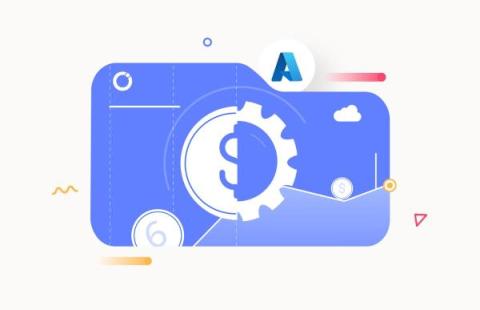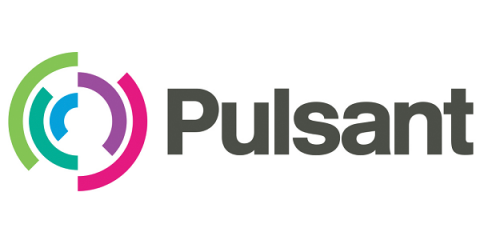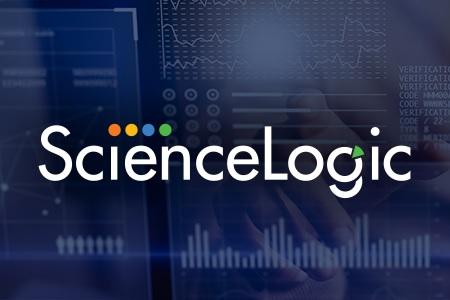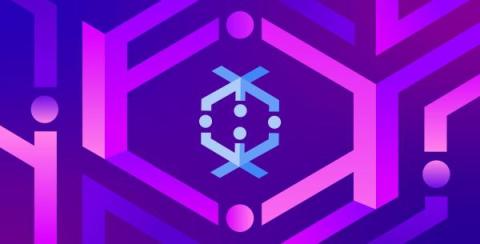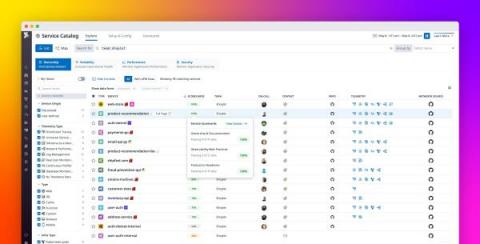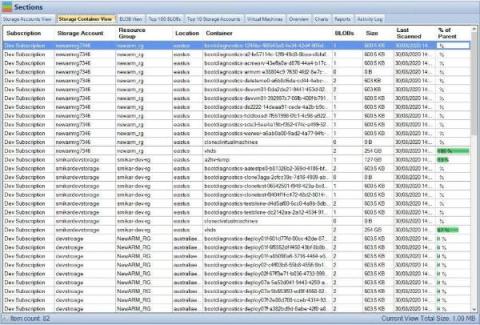Logz.io's Open 360 Observability Platform Release Updates, 2023 Q3
Logz.io is always growing and evolving based on customer usage and feedback. We add new features and quality of life improvements all the time. Here’s the round up of what we released in 2023 Q3.



